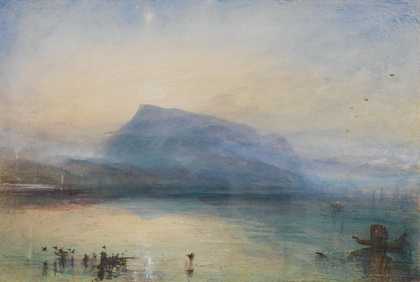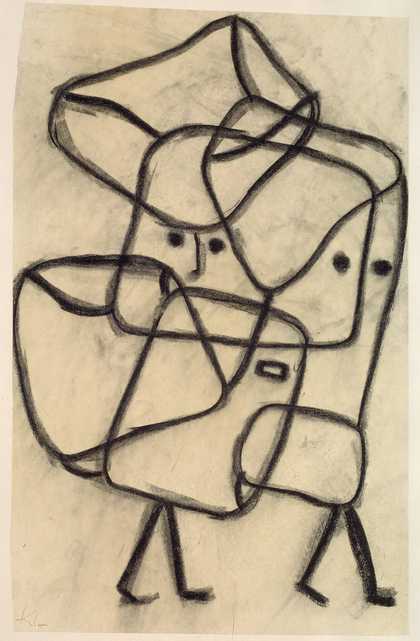How do we construct views of place?
How does the view of the tourist differ from that of a resident?
What or who directs our gaze?
How does walking effect the way we think?
How can walking subvert prescribed narratives of place?
When we travel to new places it is common to buy a guidebook or map; to collect the guidance of those who have been before and follow signs to sites of interest and viewing points.
The tourists visit is often shaped by instructions from guides, public signage and tourist information centres. Similarly, the gallery visiting experience provides a mediated viewing space where we stop, look, and adopt a point of view.
Considering the ways in which views of the landscape are constructed for us through art, tourist routes, designated ‘viewing points’ and ‘points of interest’, this discussion asks – whose views do we subscribe to when viewing and how can the act of walking allow us to construct our own perspectives?
Join artist Emma Smith, author Iain Sinclair, academic John Urry to consider the relationship between walking and our experience and imagination of place, drawing on works within the permanent collection at Tate Britain, chaired by Dana Arnold.
Smith’s ongoing project, School for Tourists, celebrates walking as a means of being in and connecting to place: as an act of agency and belonging.
- A workshop led by Emma Smith entitled Speed of travel and the construction of views precedes this talk.
Biography
Dana Arnold
Dana Arnold FSA, is Professor of Architectural History and Theory at Middlesex University London. Her books on London include: The Spaces of the Hospital: Spatiality and urban change in London 1680-1820 (2013); Rural Urbanism: London landscapes in the early nineteenth century (2007) and Re-presenting the Metropolis (2000). Travel and the touristic experience of cities is a recurrent theme in her work and she has written several articles and book chapters on the Grand Tour and the practices of collecting and recording architecture and antiquities. Her most recent book (2015) is published by Tate.
Emma Smith
Emma Smith is a UK based artist. She has a social and participatory practice that explores human relation. Smith’s work is site specific and often manifests itself in the form of an event, activity or game. Smith works nationally and internationally including exhibitions at Camden Arts Centre (2006), Whitechapel Gallery (2007 and 2008), É«¿Ø´«Ã½ (2011 and 2012) and Kunstmuseum Luzern (2014) with residency and research fellowships in Australia, Canadian Arctic, China, Denmark, India, Kenya, Latvia, Lebanon, Mauritius, Spain, Switzerland and UK. She was Artist Fellow of The Showroom 2011–2012 and was awarded an ACME Fire Station Residency (2010–2015). Smith is co-founder of Delta Arts, an Associate Artist of Artsadmin, and current Artist in Residence for Tyntesfield National Trust, Bristol, and Kettles Yard, Cambridge.
Iain Sinclair
Iain Sinclair has lived in (and written about) Hackney, East London, since 1969. His novels include Downriver (Winner of the James Tait Black Prize & the Encore Prize for the Year’s Best Second Novel), Radon Daughters,Ìý Landor’s Tower and, most recently, Dining on Stones (which was shortlisted for the Ondaatje prize). His non-fiction books, exploring the myth and matter of London, include Lights Out for the Territory, London Orbital and Edge of the Orison. Sinclair wrote and presented a number of films for BBC2’s Late Show and has co-directed with Chris Petit four documentaries for Channel 4. He edited London, City of Disappearances (2006), and more recently he has published Hackney, That Rose-Red Empire (2009) and Ghostmilk (2011). His latest book is ‘American Smoke’. He is currently working on a book about walking the circuit of the London Overground.
John Urry
John Urry is a distinguished Professor of Sociology and Director of the Centre for Mobilities Research at Lancaster University. He studied at Cambridge University and is a founding Fellow of the Academy of Social Sciences,Ìýand a Fellow of the RSA. He has published around 40 books including Mobilities (2007),Ìý Aeromobilities (2009),Ìý After the Car (2009),Ìý Mobile Lives (2010), The Tourist Gaze 3.0 (2011), Climate Change and Society (2011), Societies beyond Oil (2013) and Offshoring (2014). He is a founding Co-editor of the journal Mobilities (Routledge).


